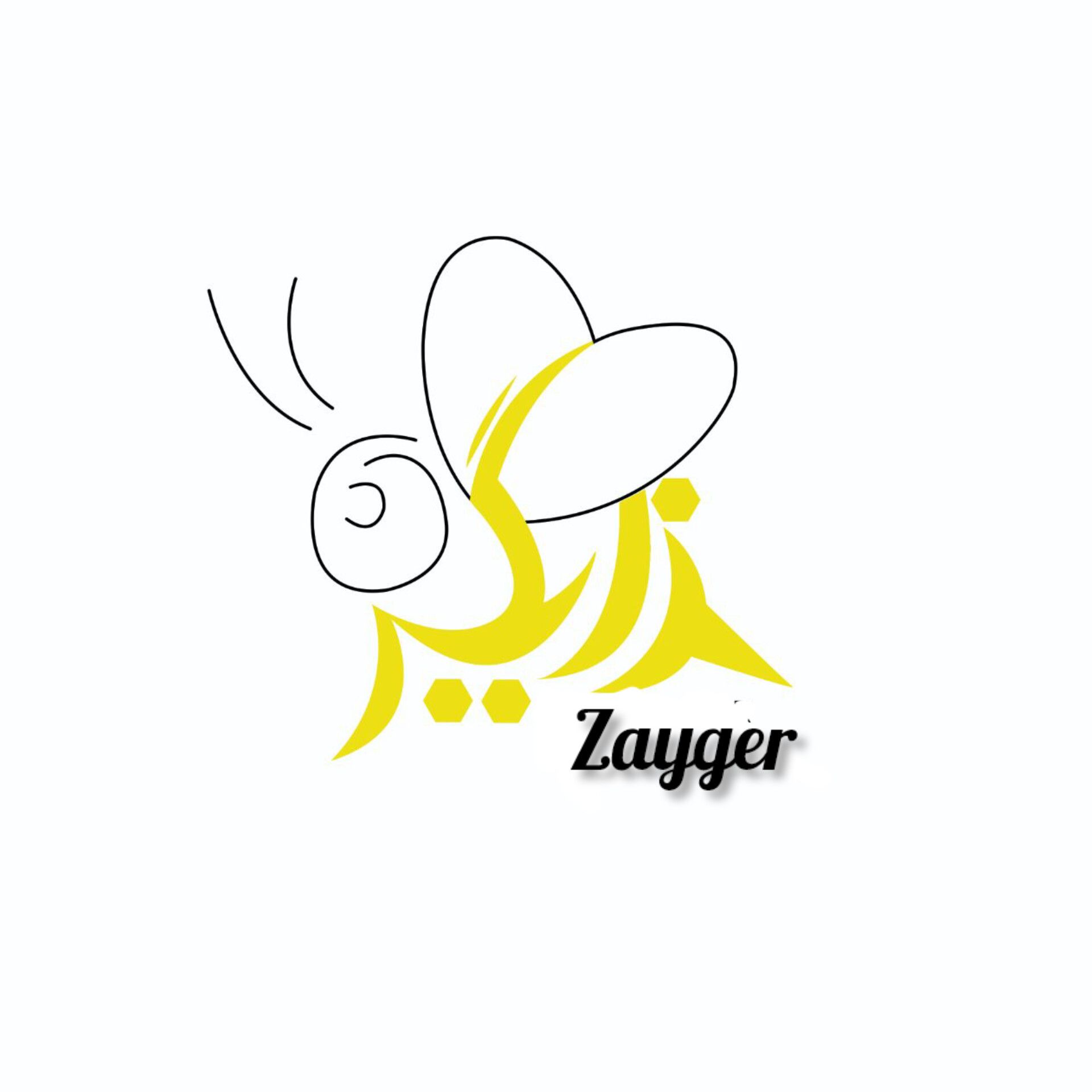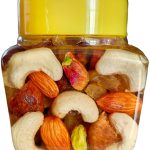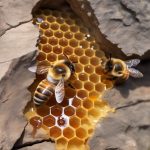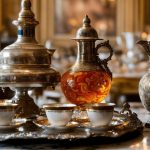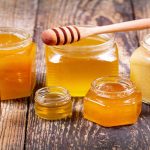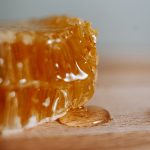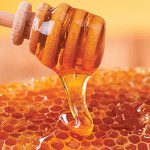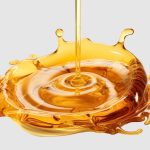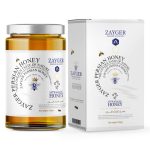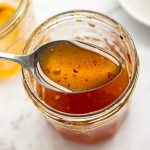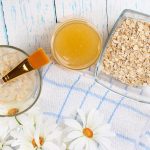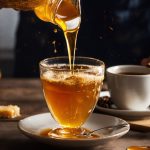The correct way to distinguish pure and natural honey from impure
what will you read...
Complete Introduction to Natural HoneyFamiliarization with Types of Non-Natural HoneyNon-Natural FeedingMixed Honey100% Impure HoneyHow to Find Natural Honey?What Does the Crystallization of Honey Depend On?
The importance of learning how to distinguish pure and natural honey lies in the fact that there are many frauds in the sale of low-quality and impure honey today. Therefore, one of the most important issues in the minds of honey buyers is the correct identification of natural honey from impure products.
Some questions that arise in the minds of honey consumers include:
- What are the characteristics of pure and natural honey?
- How can non-professionals distinguish pure and natural honey?
- How can we determine the purity of honey through its smell and color?
- Are crystallized honeys natural or do they contain impurities?
- What are the best and most reliable methods for distinguishing pure and natural honey?

distinguish pure and natural honey
Complete Introduction to Natural Honey
Natural and pure honey refers to substances known as nectar, which bees produce after feeding on plants. They concentrate this nectar and store it as a substance known as honey.
Non-natural honeys are produced using a completely different method, where the bees are fed only sugar or sugar water. In some cases, producers may provide fruit juices as food for the bees. Therefore, it can be concluded that natural honeys are produced 100% by bees and natural plants, and the natural quality of the plants from which the bees produce honey is very important in the preparation of natural honeys. This is the only point of differentiation between high-quality honey and impure products.
Familiarization with Types of Non-Natural Honey
To accurately and completely distinguish pure and natural honey, it is essential to know the characteristics and features of impure honeys. By understanding these features and obtaining complete information, we can make a correct identification of the product we choose. Below, we introduce three main types of fraudulent honey to help you make a wiser choice when purchasing.
Non-Natural Feeding
Feeding honey is a type of product produced by bees, but it is made from non-plant sources and impurities fed to them. Mixing sugar and sweeteners or even natural sweeteners like grape syrup or date syrup and providing them to bees results in the production of non-natural honey, known as feeding honey.
Although this method involves honey production by bees, since the source of the bees’ feeding is non-natural, the resulting honey will not have the necessary effectiveness and is not considered therapeutic or beneficial honey. In this non-natural production method, the quantity produced significantly increases, thus providing greater profits for the beekeeper.
However, using this method during seasons when plant resources are insufficient is considered a common practice, but honey produced this way is priced lower and should not be sold as natural honey.
Mixed Honey
The production of mixed honey is a discouraged method where the producer increases the volume of honey by mixing it with artificial substances such as glucose or sugar syrup, selling the entire product as natural honey.
It is worth noting that the production of this type of honey is relatively rare because the taste and flavor of glucose or sugar syrup can be easily identified by the buyer, allowing for the distinguishing of pure and natural honey from artificial materials.
100% Impure Honey
Honeys that are completely impure and contain no trace of natural honey are known as completely fraudulent honeys. Various raw materials like date or mulberry syrup and glucose syrups are used in their production, and by adding essences, they take on the aroma of natural honey. Therefore, it is very important to visit reputable sales representatives or use the best methods to distinguish pure and natural honey to purchase a genuine and authentic product.

Homemade natural honey test
How to Find Natural Honey?
Today, individuals can use various methods to reasonably distinguish fraudulent honey from high-quality honey. One of the most reliable methods is to buy honey from a trustworthy seller or an experienced beekeeper. You can even learn the process of distinguishing pure and natural honey from these individuals, which you can use when you need to purchase honey.
Another way to identify high-quality honey is to send a sample to a laboratory. You can also check the laboratory report to determine the amount of sucrose present in the honey. It is advisable to use this method when you intend to purchase honey in bulk.
Some factors to consider when distinguishing pure and natural honey include:
- Viscosity: Excessively runny honey indicates it is fraudulent, while natural honeys have a balanced viscosity.
- Taste of Honey: The flavor of pure honey will not linger in the mouth for long, which is the opposite for fraudulent honeys.
- Smell of Honey: Natural honeys have the pure aroma of their plant source, and smelling this pleasant scent can be an effective method for identifying natural honey.
- Use of Heat: If you heat natural honey slightly, it will not foam; it will only change to a caramel color.

شکل ظاهری عسل مرغوب
What Does the Crystallization of Honey Depend On?
The crystallization of honey has various causes and does not necessarily indicate its fraudulence or impurity. All natural and pure honeys crystallize after some time, but this time frame largely depends on the plant source of the honey.
Some honeys may crystallize within two weeks, while others may not show any signs of crystallization for up to two years. To eliminate crystallization, you can place the honey in a warm area and after a short period, you will see the crystallization disappear. Based on the aforementioned points, it can be concluded that crystallization is not a reliable feature for distinguishing pure and natural honey.
